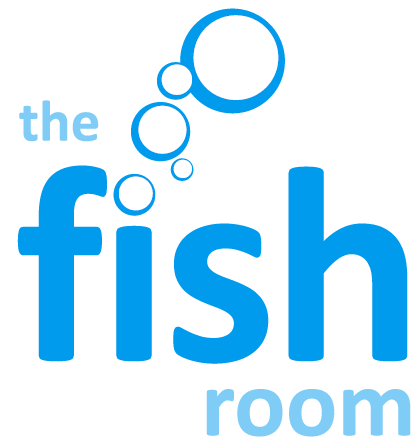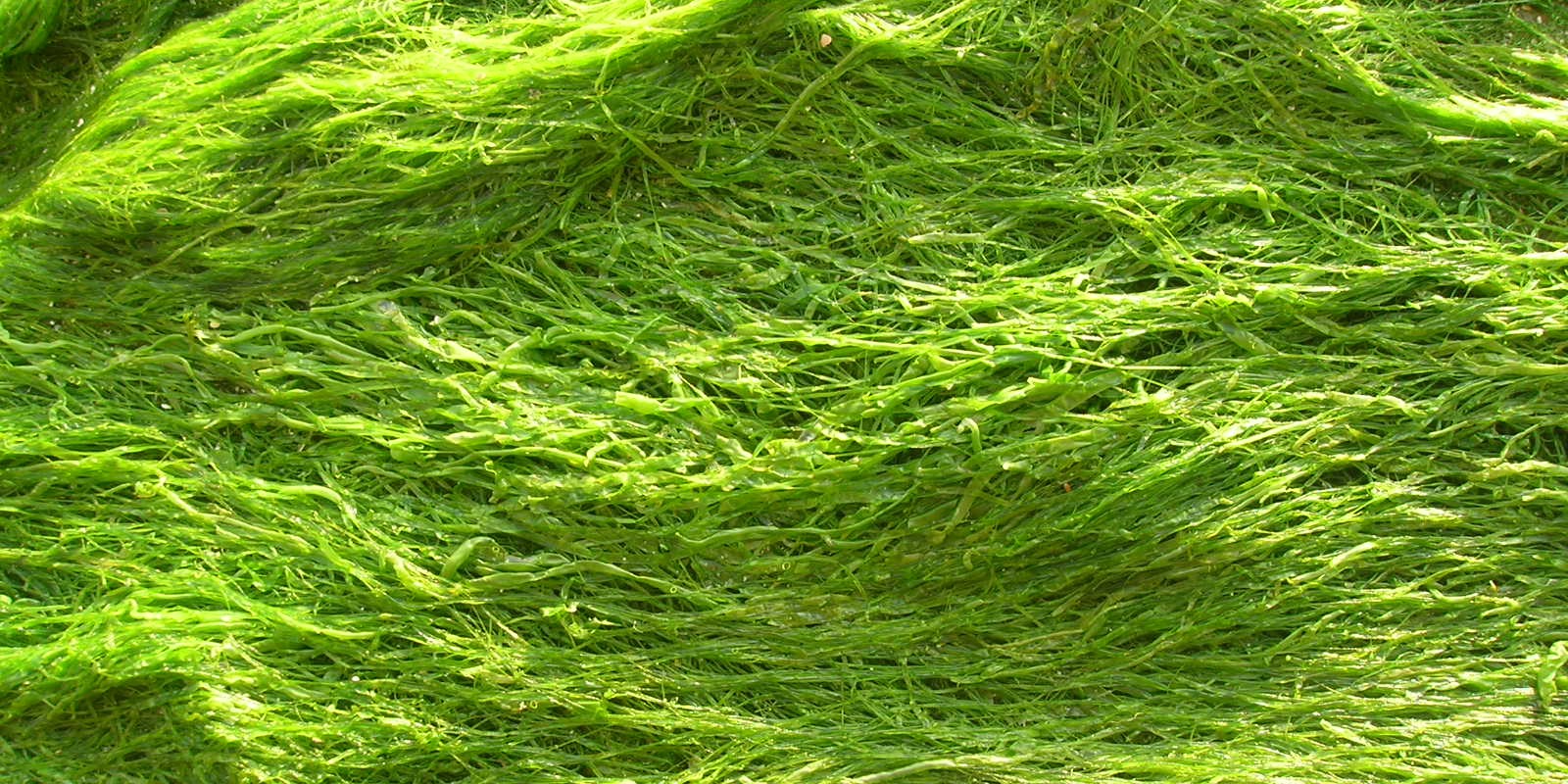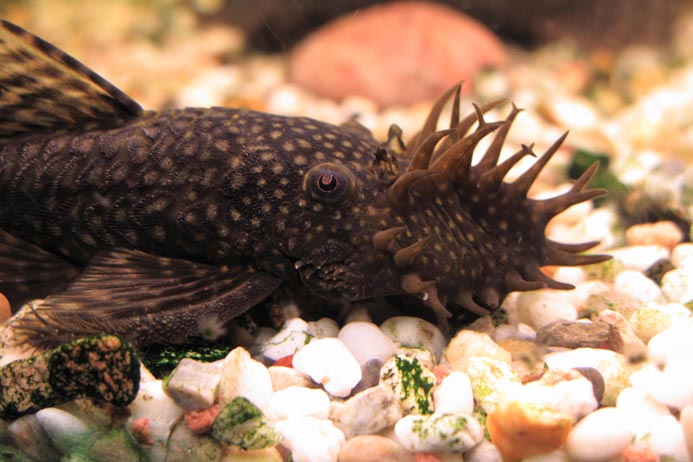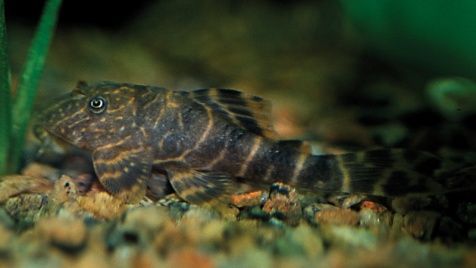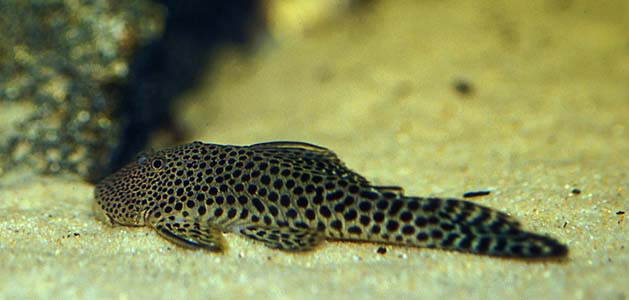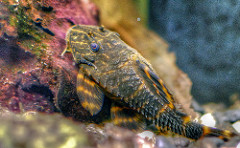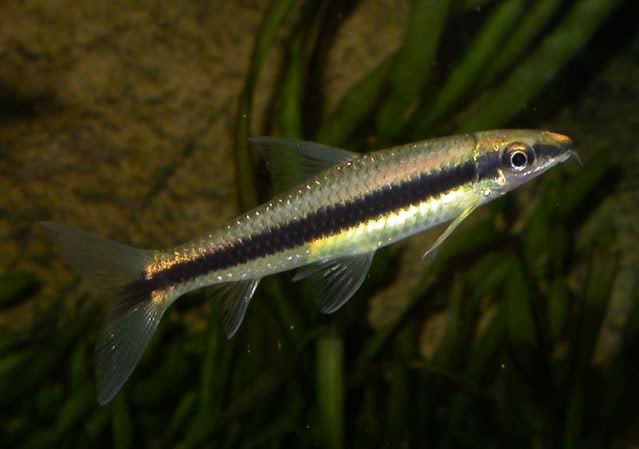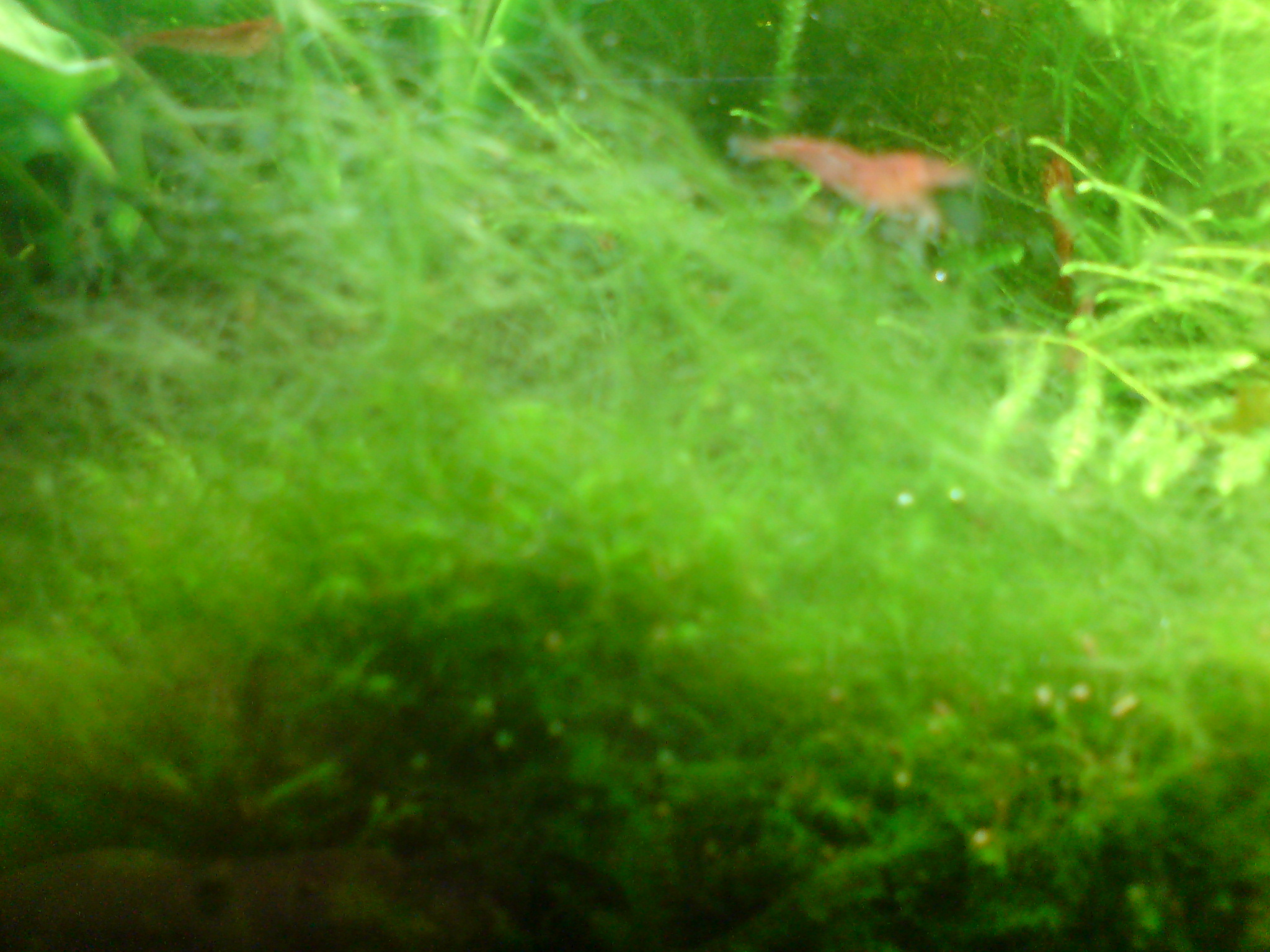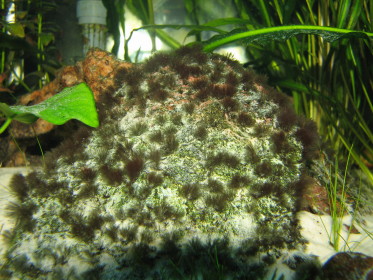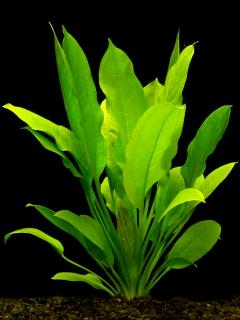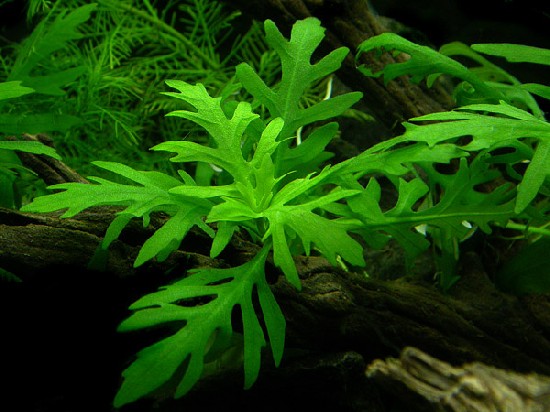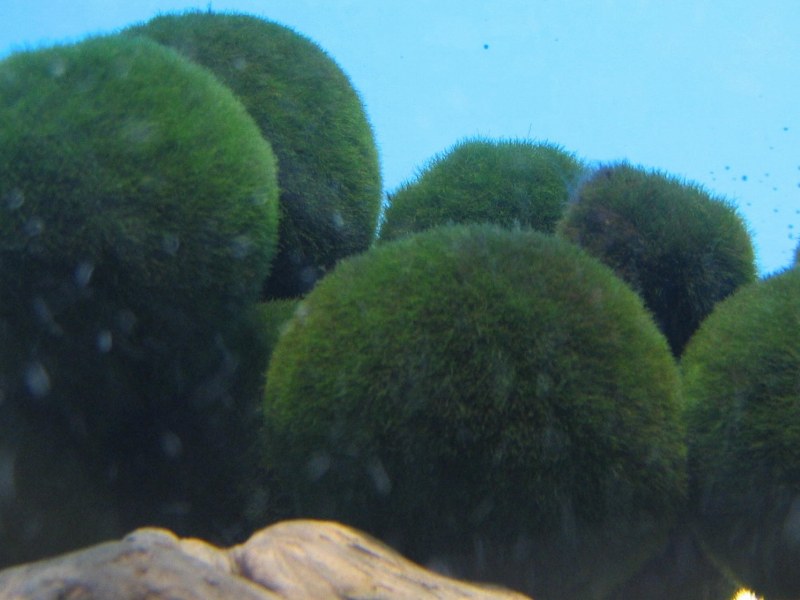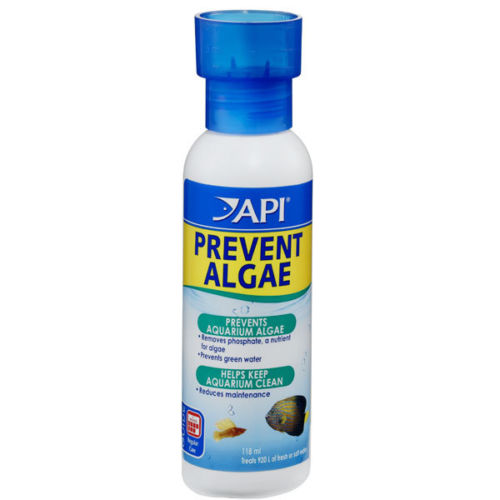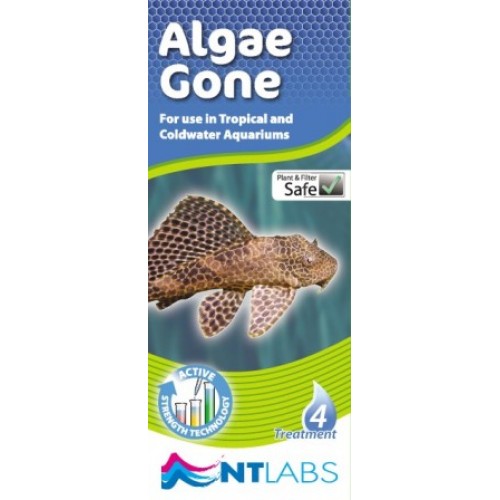All, Coldwater Facts, Getting Started, Guides & FAQs, Tropical Facts
Tank Green! What Do I Do? Getting to know the clean-up crew.

Plecostomus
The term Plecostomus or Pleco is used nowadays as a generic term for suckermouth catfish. The actual Plecostomus species, of which this throwaway term stemmed from, has always been a very common tropical tank inhabitant. They appear in a variety of patterns, colours and shapes but the most common subspecies are usually dark in colour, with brown spots along their body. These fish are famous for their algae eating yet infamous for their eventual size. Common (Hypostomus) Plecostomus get achieve sizes up to 24 inches (60cm)!
Due to their size and their armoured body, they are ideal for large aquariums. On the other hand, with the consistent trends of nano-aquariums, many modern day tanks may not be able to support their full size. But don’t worry!
There are in fact alternative catfish that avoid this size issue altogether. The closely related Ancistrus family has many smaller examples of suckermouth catfish, some of which only grow to 4/5 inches.
These include the Clown Plecostomus, the Bulldog Plecostomus and the Bristlenose Plecostomus.
As usual with Plecos, these fish feed primarily on algae growing on the glass but will also eat from the bottom and graze upon bogwood in an aquarium.
These fish can be placed into a tank in numbers providing that you put them all in at a relatively young stage so they can grow up around each other. Usually plecostomus are very territorial fish and will duel members of their own species if they are both suddenly thrown together at an older age.
Siamese Algae Eater / Flying Fox
These bottom feeding loaches are renowned for their ability to actively graze upon hair algae. If you have every had hair algae in your tank you would know. Contrary to other algae, it is very difficult to remove on treatment and cleaning alone.
These fish, therefore, are a godsend. We’d recommend scrubbing most of your algae away, popping one of these guys in, and letting it control the algae levels.
They will also feed on other algae, but hair algae is their favourite. They primarily feed on algae attached to plants, rocks, and gravel.

Otocinclus
These fish, dubbed the Dwarf Sucker Mouth Catfish, are tiny effective algae eaters. Otocinclus grow to a max size of about 1.5 inches so are a perfect janitor for a small aquarium.

These are a shoaling catfish and swim together in the thousands in the wild. Preferably keep at least three together in the same aquarium. The more you can add in the more comfortable they will be, which will be reflected in the shoaling behaviour. They also require a well planted aquarium (real or false plants are fine) for cover.
Similarly to the flying fox, otos feed primarily on plants but will eat some algae from the sides of the tank.
For more information on Otocinclus, please read our dedicated post here.

Zebra snails
You may be wondering why on earth we have snails on here. The truth is that Zebra Snails, of the family Nerritina, are one of the most effective algae eaters out there.

They can live in cold and tropical water, only breed in Brackish (Salty freshwater) conditions (unlike pest snails) and each snail wears its own unique ‘fingerprint’ pattern on its shell.
For more information on Zebra Snail, please read our dedicated post here.

Butterfly plecostomus
Here is an example of a fish that isn’t technically a Plecostomus but gets the name anyway. It isn’t even technically a suckermouth catfish or even a loach. These interesting little fish are commonly sold as Cold-water Algae Eaters but they are so much more than that. Butterfly plecos are from fast moving streams in Thailand and Japan and have a specially adapted body to cling onto rocks.
They have a suckermouth and will control the algae in a cold-water aquarium to a degree. They need a balanced diet of algae and sinking protein Pellets and lots of oxygen rich water. Make sure to ensure plenty of flow in the aquarium for these fish. They don’t grow too big, so don’t expect them to exceed 1.5 inches. They are also very social and will perform courtship behaviours on a regular basis once settled in.
[youtube https://www.youtube.com/watch?v=4A20d–YB6I]
OTHER HELPFUL METHODS:
Here are some suggestions for you to do alongside the introduction of an algae eater in order to truly combat your green issue.

Partial water changes
Removes excess phosphates from plants and nitrates from waste. Both of which can directly promote algae growth.
Introduce Live plants
Live plants will digest the same elements that algae will, essentially taking away the fuel supply. We’d recommend Marimo Moss Balls for small aquariums.
Treatment
There are two options to treat algae. Ones that lower phosphate to effectively starve the algae. Ones that contain a Flocculent that binds the water-bourne algae together in order for it to be broken down in the filter before it sticks.
